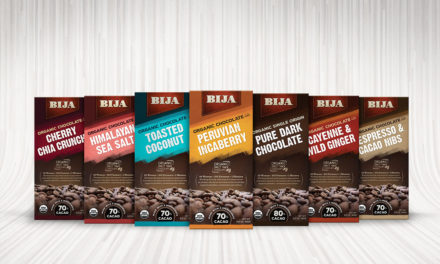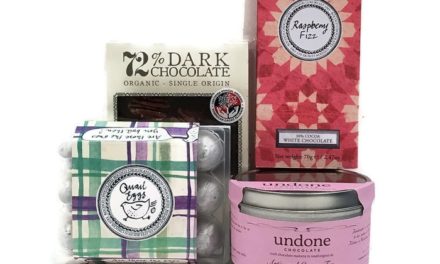The Cadbury Wars: When Subpar Chocolate Collides
by Rene Zimbelman
I start today with a two-part confession, and only ask one small favor. Please… don’t judge.
First, I reluctantly admit that every spring, I do indeed partake in at least one Cadbury Crème Egg. I feel much guiltier about it than ever now that I write for Chocolate Connoisseur, but I still crack open a crème egg or two each March or April. Does it compare to a Taza chocolate disc, or a LetterPress bar? Of course not, so please, don’t hate.
Especially because… confession part two, I’m eating one right now as I write this article! There lurks method within my madness, however, because today’s story focuses front and center on the Cadbury Crème Egg itself — its history, that is, because, regardless of its modern day quality, Cadbury still holds a deep place in chocolate’s history. So understand, I’m simply doing research here. Never mind that I now say that to anyone who ever asks about my chocolate habit… but I digress.
Two Eggs, One “Plastic Cheese Company”
If you’re somewhat familiar with the Cadbury Crème Egg, your first response might be “Don’t you mean eggs?”, since there are now two kinds, British and American? Indeed I do, and there’s even more to this egg-ceptional story than meets the yolk. Let’s dig in.
The two different Cadbury Crème Egg versions differ both inside and out. The British egg sports a purple, red and yellow wrapper, while its American counterpart flaunts the blue, yellow, red and green. These slight color differences mean little, but what does most certainly mean a lot, particularly if you find yourself British (yes, it happens), are the storied differentiations between not only the ingredients in these oft-loved eggs, but also the general ingredients in the Cadbury of yesteryear versus 21st century Cadbury.
Truth is, it all comes to British against Americans, yet again (sigh). The British version, ironically, isn’t quite so British anymore, since Kraft acquired Cadbury in 2010.
As you can imagine, the Brits were displeased, and one Brit in particular –– Felicity Loudon, whose great-grandfather George Cadbury founded the epochal company, was especially upset.
“I can’t accept that Cadbury has gone to America. To a plastic cheese company,” she said. “I won’t accept it. I want to start again. I want to make chocolate and I’m jolly well going to do it.”
Apparently, this idea came to her after reporters brought up this possibility to her in a news conference. After two years on the market, the Cadbury heiress sold her £30million mansion, Pusey House, to fund a new rival chocolate.
She added, “I’m not going high-end, which is what everybody thinks I’m doing. I want it to be affordable and quirky. I want a child to want to buy it. I want to bring out the child in you. And I want to get away from additives.”
Unfortunately, any further research regarding this mission leaves us empty-handed with both her progress and the chocolate. (If you know of further developments, please leave us a comment; Chocolate Connoisseur would love to hear about it.)
ANNUAL SUBSCRIPTIONS
Bad Blood
To further British disapproval, in 2012, Mondelez, the candy business that Kraft spun off and left in charge of the Cadbury brand, (headquartered in a suburb of Chicago), quit giving gifts to the Cadbury pensioners. And a factory shutdown at Somerdale, near Bristols, didn’t help Brits’ attitude toward the takeover either, nor did changing the brand’s iconic Dairy Milk chocolate bars’ shape from angular to round.
Research shows people associate angular with bitter and round with sweet, but the bar had been square since 1905 –– shouldn’t that have held at least a little weight? To read other legitimate gripes on how Kraft has messed with Cadbury tradition, click here.
Now let’s move on to perhaps the most important complaint — how the American food giant Kraft replaced the hugely popular Dairy Milk shell on the Cadbury Crème Egg with a “standard” cocoa mix. A spokesman for the company said, “We tested the new one with consumers. It was found to be the best one for the Creme Egg, which is why we’ve used it this year.”
But in January 2016, reports by analysts IRI for trade magazine, The Grocer, showed the Creme Egg was the biggest loser after replacing the Dairy Milk in its recipe with cheaper chocolate. Filled and shell Creme Eggs lost more than £6 million, said the study. Mondelez claims the Creme Egg hasn’t always been made with Dairy Milk, but investigating this claim would be a mission all its own, and for now, we must turn our attention toward the hunt for the American egg.
APRIL 2017 ISSUE PREVIEW









